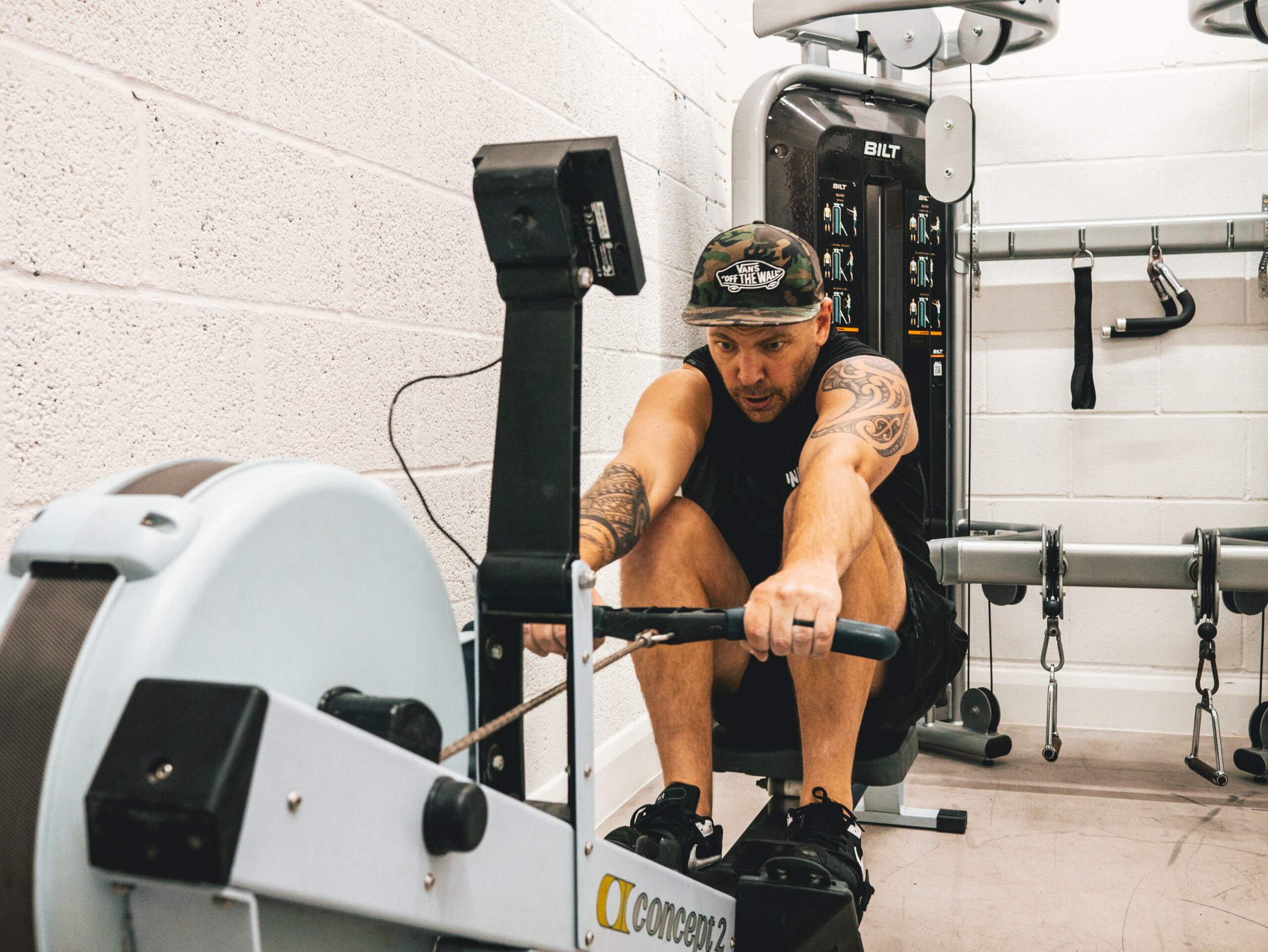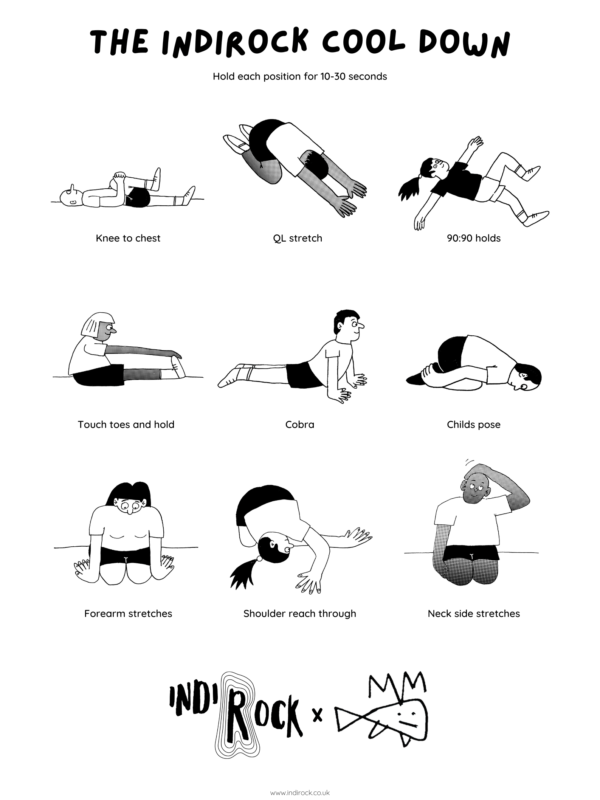
16 Nov Top 5 tips for strength and injury prevention training, for climbing
We’re lucky to have super talented people in our team at Indirock. Johnny, our operations manager, is one of them!
Johnny has over 20 years experience in the gym industry and is a qualified personal trainer and sports massage therapist. Combining his knowledge of training and now climbing, we asked him to give us his top 5 tips for strength and injury prevention training, for climbing.
This is what he said:
As climbers increase the volume and frequency of their climbing, begin “project-ing” problems and performing repetitive movements, it becomes very common for them to develop uneven posture and strength due to rapid muscle development.
This can lead to tight chest muscles, rotator cuff injuries, tendonitis, muscle strain, neck and back pain and poor posture.
These are the top five most common injuries I see climber get, and ways to try and prevent them.
Tendonitis
This is irritation or inflammation of the tendon. Having a good stretching and conditioning routine is key, using our cable machine to perform flexor and extensor exercises is a great way to build the strength to help keep tendonitis at bay.
Rotator cuff tears
This is a tear to the muscles inside your shoulder. Stretching and performing internal and external rotation exercises with our bands, cable machine and free weights will build your strength and help avoid this type of injury.
Shoulder dislocation / subluxation
Full or partial dislocation of the shoulder. Stretching during your warm up and incorporating Yoga movements into your strength routine are good ways of preventing this from happening while improving your shoulder strength.
Finger pulley tears
Tear to the finger tendons. For new climbers, try and avoid climbs involving tiny crimp holds until you have built up enough strength in your fingers – this can take three years, so don’t rush! Our Beastmaster finger boards are excellent for building finger strength, but start slow and take it easy.
Climbers’ hunch
Arched upper back, forward head, bent neck and rounded shoulders. Although this is not an injury as such, it affects our posture and in turn can contribute to other pain and injuries. Mobilise the spine before stretching using one of our foam rollers, perform neck and chest stretches, strengthen the deep core muscles and concentrate on activating these, strengthen the mid/lower back and chest muscles using our cable machine, free weights or bands.
So that is my top 5 tips for strength and injury prevention training, for climbing. Our new gym space, along with our other training equipment will give you all you need to improve your strength and help you to avoid injury. Keep an eye out for upcoming workshops and classes that will cover all of the above.
And remember, book-end your sessions using our Indirock warm-up and cool-down routines on the posters provided!



